You’ve just ridden from John O’Groats to Lands End – no, that’s not a misprint, the ‘wrong’ way, south in to the prevailing south westerly wind; one end of Great Britain to the other. What’s the first thing you do? Sit down to some ‘real’ food, your palate clagged with the constant gels and electrolyte drink? Or maybe slide into a deep, warm Radox bath? Not if your name is James MacDonald…
You have a few photos taken, turn the bike around and head north again, en route John O’Groats.
MacDonald holds the Lands End to John O’Groats AND BACK record, albeit the route is usually reversed, starting at John O’Groats so as to take advantage of the prevailing wind back to the northern most tip of Scotland.
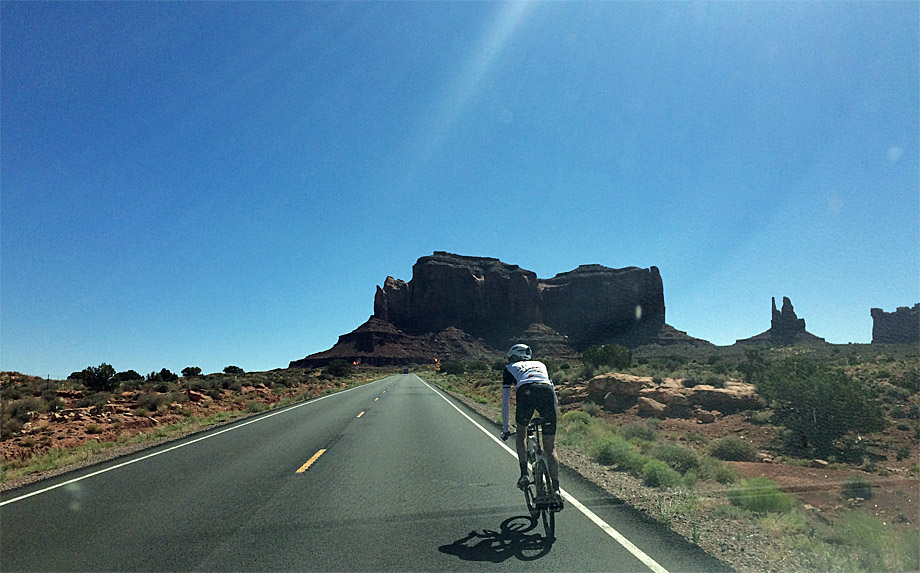
Here at VeloVeritas we thought that MacDonald’s coach, former Scottish Road race Champion, Gary Hand was pulling our leg when he told us about the record – but no, it’s for real with MacDonald holding the record in five days 18 hours.
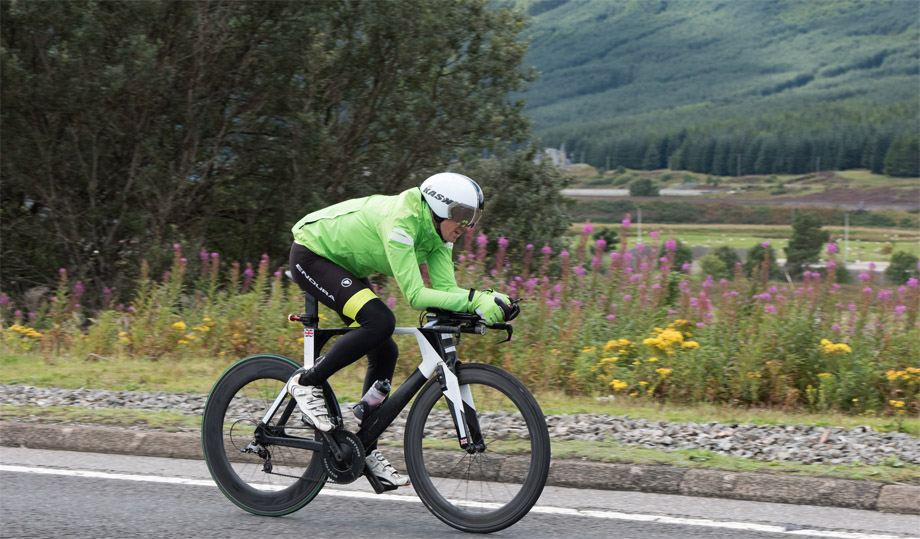
MacDonald has also competed in the Race Across America; with his next project an attempt on the world velodrome 24 hour endurance record which currently stands at 941.873 to Austrian ultra-distance specialist, Christoph Strasser.
Strasser has won the Race Across America on five occasions with a fastest in 2014 of seven days 15 hours and 56 minutes for the 3020 miles, that’s 16.42 mph, so MacDonald’s task is no easy one, he’ll have to average 25 mph to take the record.
‘Must have a word,’ we thought to ourselves…
Give us the background please, James – age, from, and are you a full time athlete?
“I’m 48 years-old, currently living near Biggar in Scotland, but have spent most time living in Edinburgh.
I work full time with Cisco, an American technology firm where I’m a systems engineer.”
What’s your biking background?
“When I was much younger I was in the Dunedin CC in Edinburgh – just before the Chris Hoy era – and rode the usual time trials and handicap road races but when I went to university I stopped racing and concentrated on my career.
“I came back and started riding sportives when I was 35 years-old and rode the Marmotte.
[The Marmotte is 108 miles (174 kilometres) with 5,180 metres of climbing over the big French classic climbs, Galibier, Telegraphe, Glandon, L’Alpe d’Huez, ed.]
Then I did the Deloitte Ride Across Britain – that’s a 980 mile ride from Lands End to John O’Groats where you cover around 100 miles each day – three years running.”
And that lead you into ultra distance?
“Yes, long distance events weren’t so common a decade ago and it was really only folks who rode Audax and Randonnee that were into it.
“I found that in the Ride Across Britain, whilst others were getting more and more tired as the days went on, I was getting stronger.
“As an amateur cyclist I realised I was at a stage where I was never going to win races but could see that I had the ability to tackle long distance events and set myself the target of riding the Race Across America.”
That was in 2016 – I’ve heard tales of riders hallucinating in the RAAM, is that myth?
“No, it’s true, it’s like some mad scientific experiment that you’re involved in!
“The sleep deprivation affects you and there’s the danger of altitude sickness because you’re so high for so long and also of overhydration where, because you’re drinking so much you wash all the salts out of your body.
“I did 10 and 12 hour rides before so I could practice the nutrition and hydration aspects of the ride.”
I’ve also heard stories about crazy drivers harassing riders?
“Yes, two riders have been killed by motorists.
“When you’re maybe 75% of the way through you encounter pick-up drivers who think it’s fun to ‘coal roll’ you.
“You get covered in soot to the great amusement of the driver and his passengers.”
[“Rolling coal” is the practice of modifying a diesel engine to increase the amount of fuel entering the engine in order to emit large amounts of black or grey sooty exhaust fumes into the air, ed.]

What’s the hardest part?
“There are several stages to the ride; you start on the west coast and have to ride through the desert where it’s 45 degrees.
“Then you have to cross the Rocky Mountains where you climb to 3,500 metres and are up over 2,000 metres for three or four days – that’s when you can succumb to altitude sickness.
“Then you have the Great Plains, 1,000 miles more or less pan flat before you climb again into the Appalachian Mountains – on the last day, with nearly 3,000 miles behind you, you’re looking at 240 miles with 10,000/11,000 metres of elevation.”
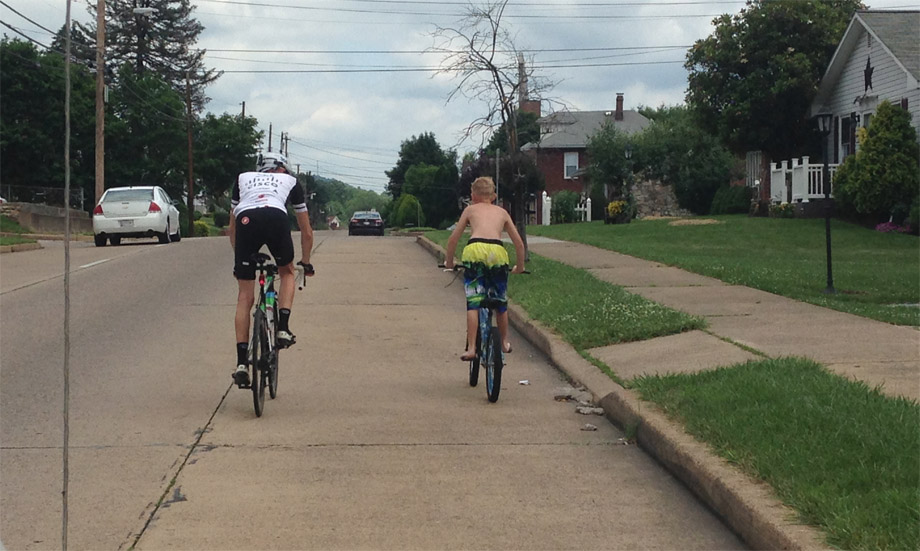
Then came Lands End to John O’Groats and back?
“Yes, in 2017; the record was set by a chap called Ben Rockett in 2010 with five days, 21 hours and 18 minutes.
“We looked at the numbers and decided it was doable – I took three hours off Ben’s time.”
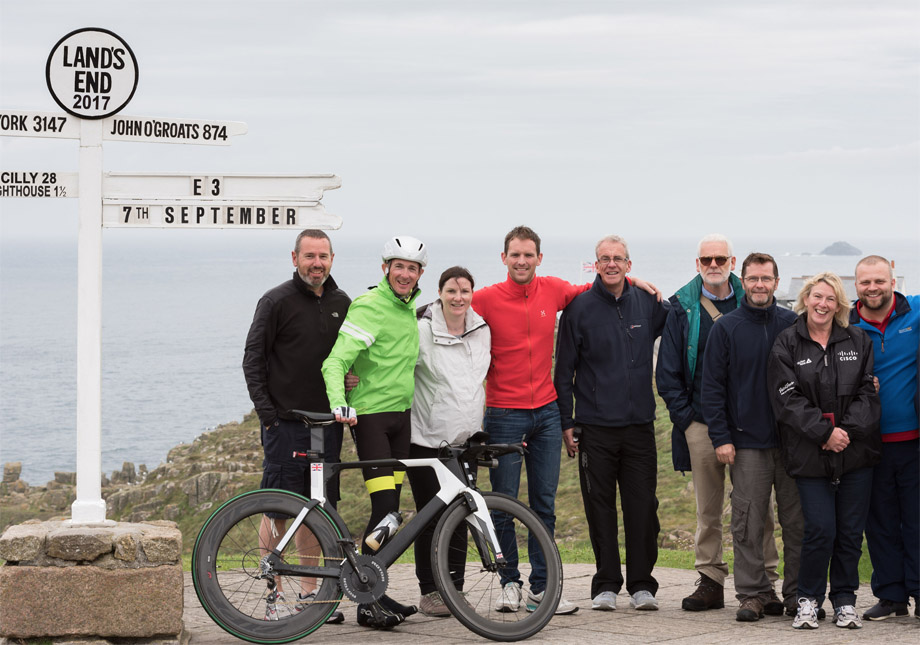
When you get to John O’Groats you just turn right around and head south again?
“You can go either way, I started in John O’Groats, the theory being that you get a tail wind back north – but what actually happened was that I had a head wind all the way south and for the return leg the wind dropped.
“The plan was to just stop at Lands End for five minutes to take some pictures but it ended up being about 30 minutes with pictures and phone calls.
“I did 5:18:03 but reckon I should have been about three hours better than that due to getting lost a couple of times, the one way systems in Bristol and Carlisle were particularly difficult to navigate and I had to wait on my following car a couple of times.”
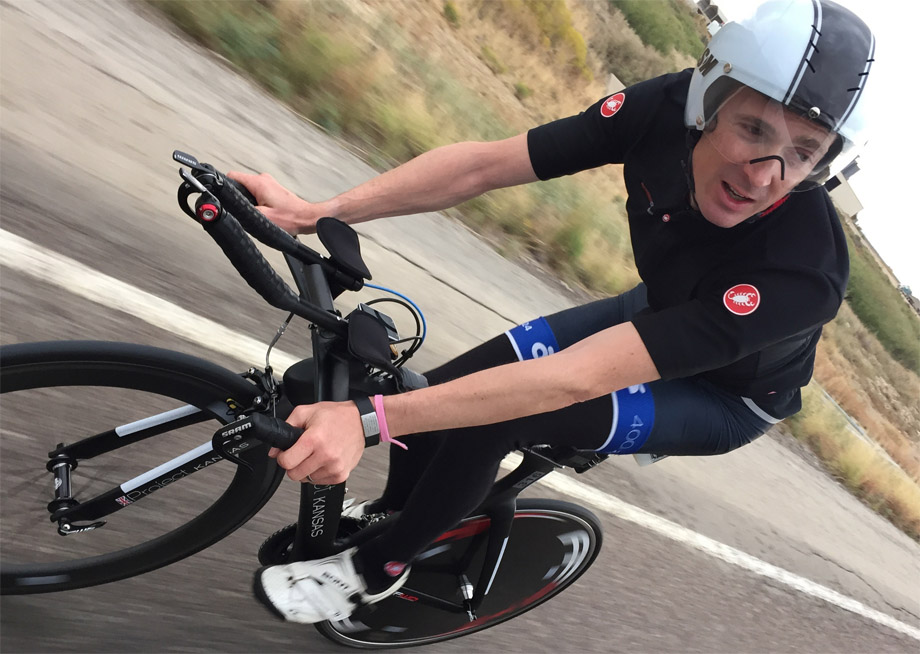
Where did the idea of the 24 hour velodrome record attempt come from?
“It’s one of these things that people who have done the RAAM then consider.
“I’ve been aware of it for several years; we did the tests and decided the numbers were plausible.
“But it’s not something to be undertaken lightly, the holder, the Austrian rider Christoph Strasser is the world’s best ultra-distance rider and a full time athlete.”
Where did the attempt’s name, ‘Project Kansas’ come from?
“Someone said to me that when you plan a project like this it should have a name so as you can refer to that rather than, ‘that thing I have coming up.’
“As for ‘Kansas,’ the wisdom is that in the RAAM if you reach Kansas then the chances are you’ll make it to the end.”
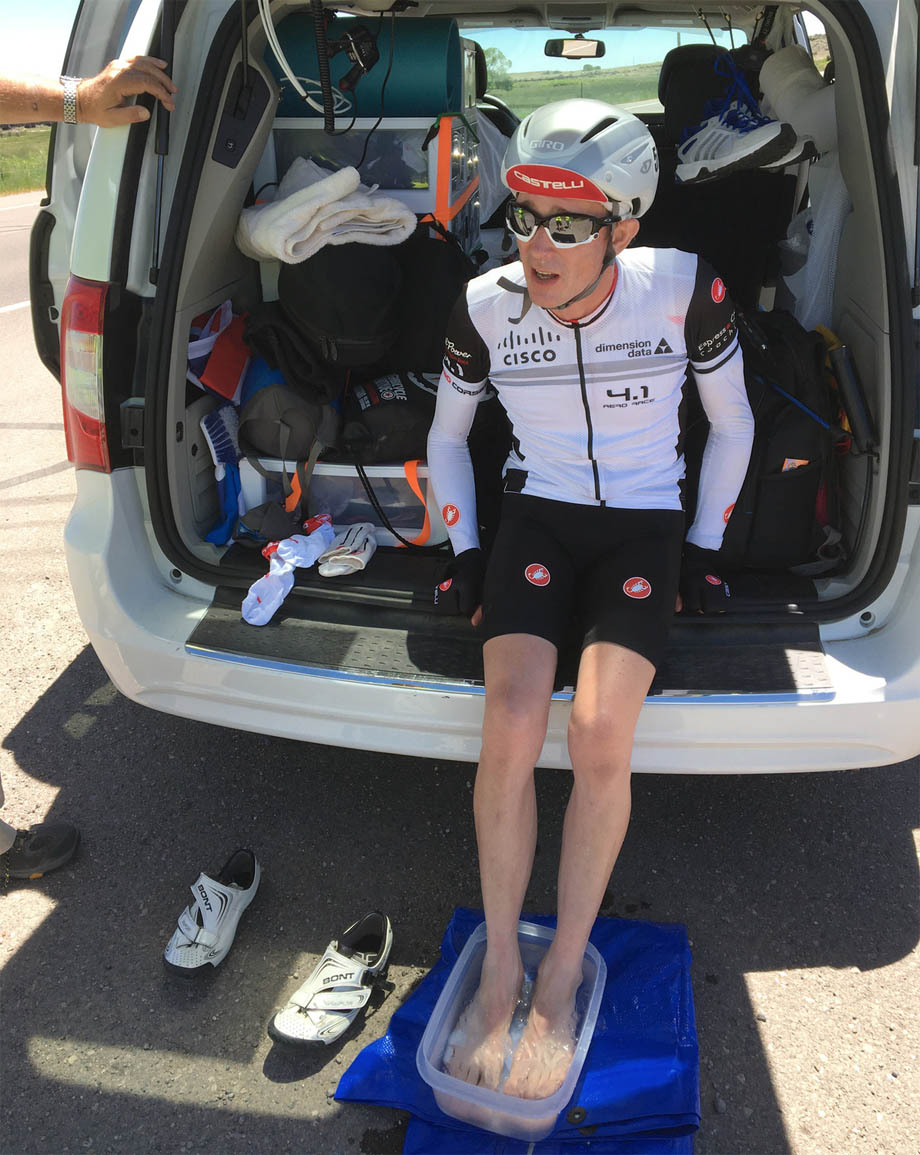
Who are your sponsors on the ride?
“My employer, Cisco have been very helpful in conjunction with Dimension Data they’ll be providing an in-depth telemetry experience of what’s happening on the track – position, heart rate, revs, watts – in depth analysis of what the athlete is going through
“And the technology that’s installed will be left in place for future use by coaches – and not necessarily trackside, remote locations too,
“That’ll be the legacy of my ride.”
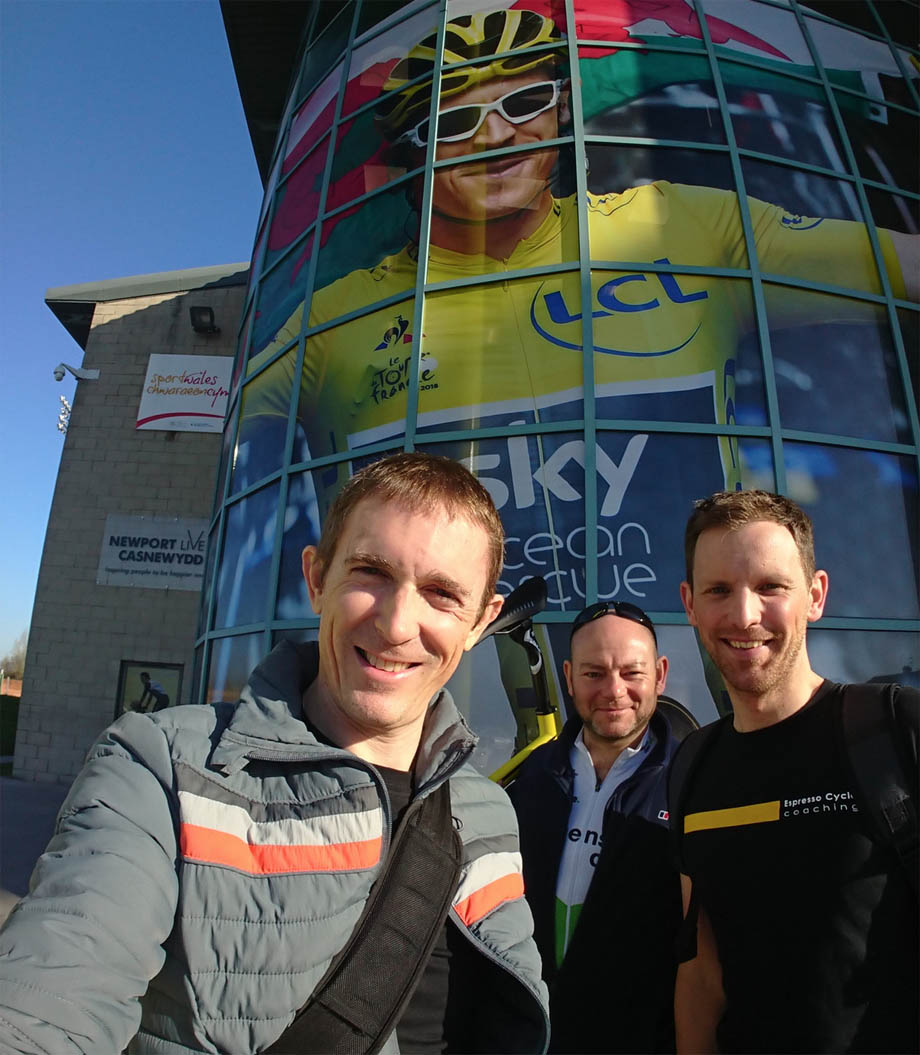
Why Newport Velodrome and not Glasgow?
“It’s the wrong shape for this type of ride, more for the sprinters; Manchester and Newport have the most suitable geometry for this kind of effort but not Glasgow or Derby.
“And the people at Newport have been very receptive to the technological aspect I described above.”

Tells us a bit about your bike…
“I’m using a BMW ‘Track Machine’ – very similar to the one Rohan Dennis used to break the Hour Record, disc wheels front and rear, 165 mm cranks with 62 x 17 gearing, the equivalent of 96” and a cadence of 84 to 86 rpm at record pace.”
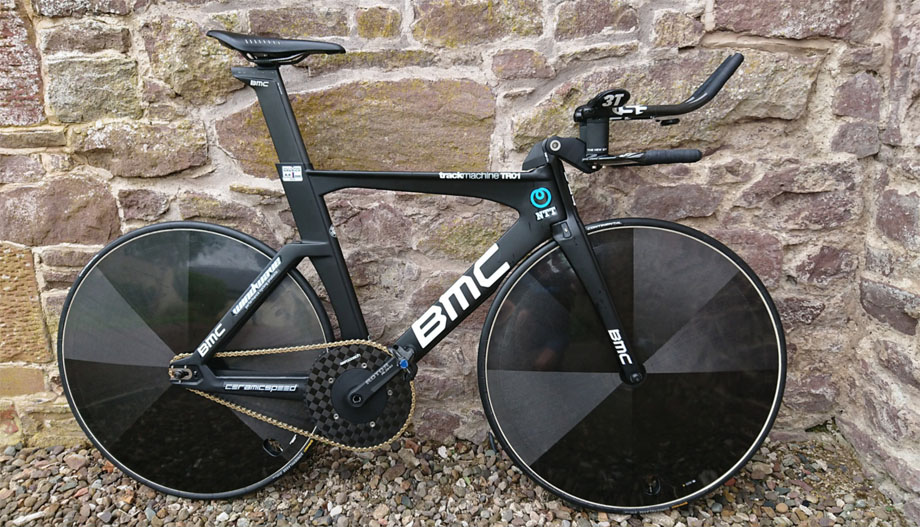
And aero clothing, no doubt?
“My position can’t be as aero as someone riding a 16 lap pursuit or team pursuit – head down and shoulders in is OK for that duration but not 3,800 laps!
“Endura are taking care of my skinsuit, as they did for my LEJOGLE ride where they even made me a thermal skinsuit.
“The skinsuit will have silicone surface treatment and pockets so as I can carry food and lose less time slowing down to take food from helpers.
“No overshoes though – my feet would sweat too much, but I’ll use aero socks and helmet to go with the skinsuit.”

What training are you doing for the attempt?
“Since October 2017 this has had my complete focus; gym work to build strength, functional threshold power work then long duration, zone two work.
“We had to establish what’s a sustainable wattage for that duration of ride; the margin between success and failure is just one percent.
“The technology I described earlier will allow my support team to monitor my progress through every lap.”
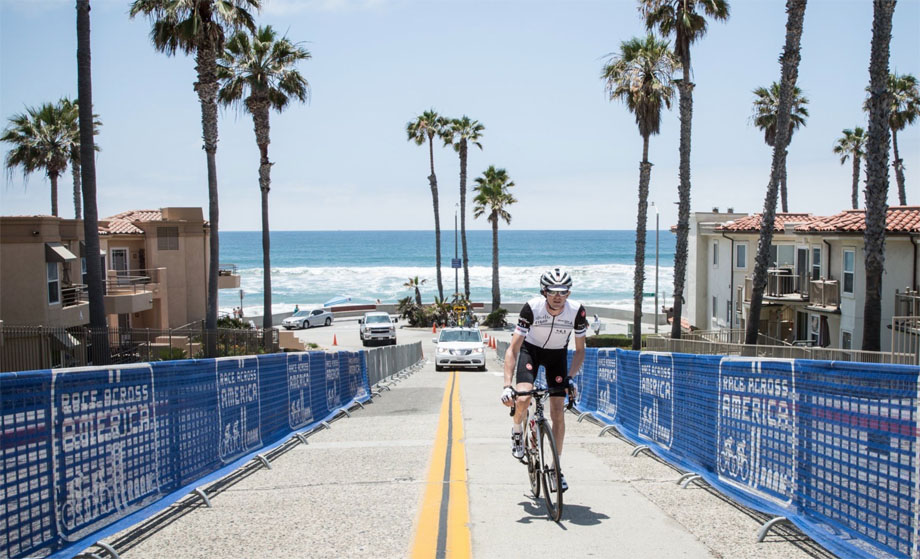
How many of a team will you have with you?
“I have a team of 10, all of whom will have access to the telemetry and will be able to communicate with me; I’ll have ear phones in and a microphone so I can communicate with them.”
And it’s probably too early to ask but what’s the next challenge after the 24 hour record?
“I’ll maybe need to cut the grass at home?
“It’s such a huge preparation for something like this but I would perhaps like to ride the RAAM again.
“Strasser’s record is going to be very hard to beat – he added 40 kilometres to the existing record – but the advantage I have is that I’ve been preparing for it for 20 months whilst his prep was only for three months, fitted in between two RAAM.”

Check out James’ rather nice Project Kansas website.
VeloVeritas wishes James every success in his bid and will be speaking to him again after his ride.
* * *
* CODA *
We’d love to report that James broke the 940 kilometre barrier but alas, the cycling Gods decided differently with James’s bid ending when he came down heavily on the Newport boards.
What happened to make your record bid a Did Not Finish, James?
“I was carrying a bottle on the tri-bar ‘skis’ but hadn’t realised it had been dripping on to the track surface.
“On the back straight I got out of the saddle to stretch myself, the back wheel went and I crashed.
“Personally I have no memory of the accident but the Newport track coach saw clearly what happened; I eased out of the saddle to stretch, the weight came off the back wheel, it slipped, I corrected but when the tyre gripped again I was thrown over the bars.”
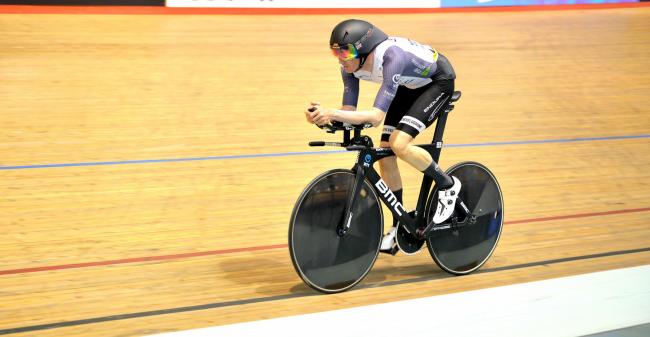
And what about the confusion over how far into the ride you actually were?
“When the accident happened I was about 1500 laps, eight hours in but then was off the bike for 25/30 minutes; we realised that the 24 hour record wasn’t going to happen but thought I could go on for the 1000 kilometre record, which I was well ‘up’ on.
“The margin for error on the 24 hour record was tight but much less so on the 1,000 K record – however, after about another five hours I was in so much pain from my hip, knee, elbow and back that I just couldn’t go on.”
How were you against you 24 hour schedule when you came off?
“I was about six laps down but we weren’t concerned, it was very hot in the velodrome when I started, 23/24 degrees but we knew that as the evening wore on the conditions would be much less oppressive and I’d pull it back.
“Mentally I was fine; there was no suggestion of a problem with needing to sleep.”
The hard way to do it but lessons learned from the experience?
“Absolutely, we learned so much from the attempt and Newport Velodrome are so keen to help in future that they’ve invited me back.
“The thing that really surprised me too was the level of interest the attempt generated, I was literally never off the phone all the way home in the car – so many people calling me.”

It’s probably too early to ask but what now?
“My coach, Gary Hand of Espresso Cycle Coaching says he’s not going to speak to me for a few weeks, then we’ll go for a bike ride and have a chat about where we go from here.
“The thing is that it’s such a huge commitment to go for a record like that – but I do feel cheated and do want to do something exciting to make amends.”
VeloVeritas looks forward to that! We’ll keep you posted…



